
SustainableOcean Farming
How Grow Line was born.
At Blue Robotics, we build accessible marine tools that make it easier for people to do the work they care about in the ocean. From scientists and explorers to filmmakers and hobbyists, our gear helps them see, measure, and understand more of the underwater world.
That same approach naturally extends to regenerative aquaculture. Farming seaweed, mussels, and oysters is not only about producing food. It restores ecosystems, captures carbon, and supports coastal communities. Giving farmers tools that make their work easier and more effective, means they can focus on growing healthier oceans while feeding the planet.
Grow Line was created to put these tools in the hands of farmers who may not know this technology exists but stand to benefit from it the most. Grow Line is about making marine technologies accessible, practical, and useful for the people working every day to restore and grow life in the ocean.
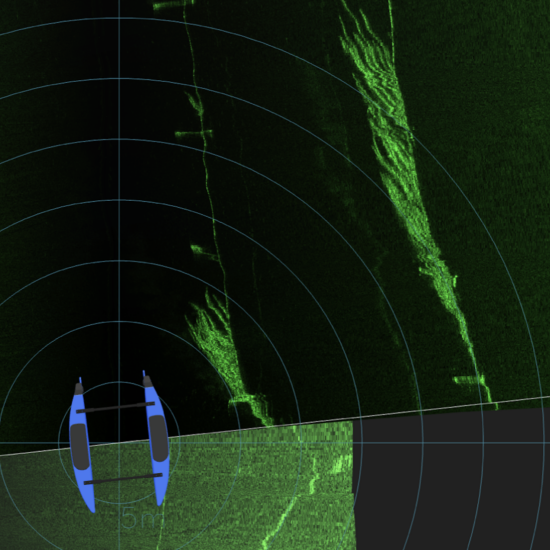
Farm smarter, not harder.
Smart farms need data. Sensors like CTDs (Conductivity, Temperature, Depth) allow farmers to monitor and collect crucial data about the underwater environment in which their crop grows. Cameras put eyes under the water to inspect the farms without sending divers down. Sonars can provide hydrographic surveys for farm site selections, can conduct seafloor mapping, monitor biomass, and detect objects. Software pulls it all together in one place. All of these tools can lead to benefits like more accurate water quality data, enhanced infrastructure monitoring, and detailed environmental insights.
If you are curious how these sensors, sonars, and cameras are used on these farms, the answer is vehicles! Marine vehicles, like ROVs and USVs, provide platforms to add the sensors, sonars, and cameras to so you can complete whatever task is necessary for your farm.

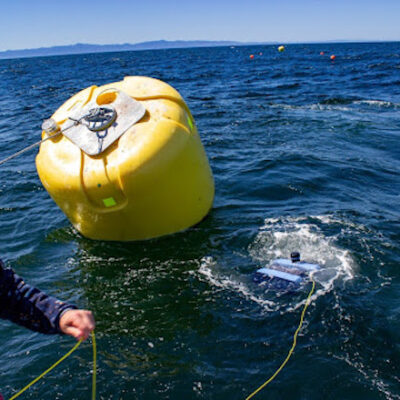
ROVs
ROVs, like the BlueROV2, are affordable, modular, and user-friendly and can “walk the fields” of the farm without the need for physical eyes under the water. ROVs act as your underwater tractor and are customizable for different needs and can be dive specific.

USVs
USVs, like the BlueBoat, are autonomous, multi-functional surface tractors with uses ranging from surface kelp monitoring to ocean data collection to seafloor surveying and autonomous patrol. USVs are scalable and multi-functional vehicles on the kelp farm.
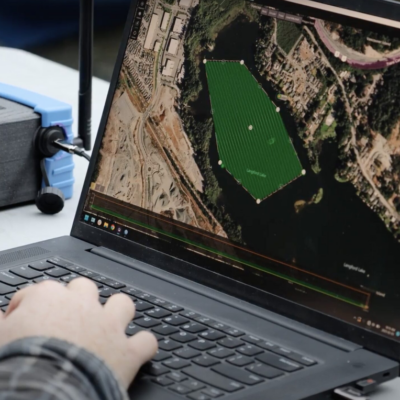
Software
BlueOS is the open-source digital farmhand to manage all your smart farm tools with a single operating system. It offers a web-based interface for seamless system management with integrated tools for system performance, data, and video streaming while allowing for customizations to meet specific kelp farming needs.
We started with kelp.
Why? Because not only is kelp a superfood packed with vitamins, minerals, antioxidants, and fiber, it can also be used in cosmetics, as plastic alternatives, as fertilizers, and even as food sources for animals.
And it doesn’t end there. Kelp benefits the planet, too! Kelp forests absorb large amounts of carbon, helping to fight climate change. At the same time, they produce oxygen, contributing to the overall oxygen levels in the ocean and atmosphere. Kelp also helps filter and clean the water by absorbing excess nutrients, and its forests create complex underwater habitats for marine life. Honestly, what doesn’t kelp do?!
With so many benefits, we knew we had to be part of this world, so we partnered up with Ocean Rainforest, a Faroe Islands-based leader in offshore kelp farming. With their 86-acre farm off the coast of Santa Barbara, they bring deep expertise in giant kelp. Together, we share goals of advancing technology and promoting sustainable aquaculture.
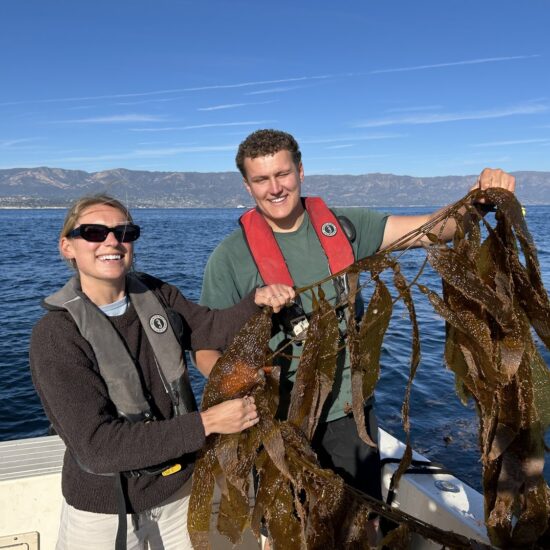
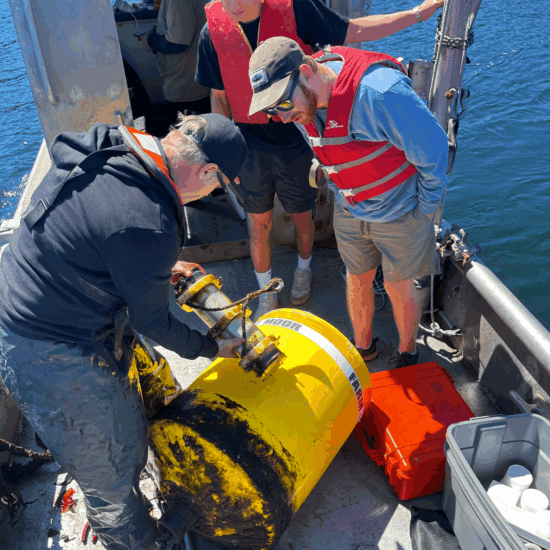
The world is our oyster.
But Grow Line is about more than just kelp. It’s about opening doors to blue technology, breaking down barriers, and making innovation accessible. Most importantly, it is about putting the right tools into the hands of the farmers who need them most.
From drop cams observing fish biodiversity on kelp farms to USVs surveying for eelgrass for farm expansion, and water quality sensors tracking temperature and salinity on oyster farms, Grow Line is shaping the future. By equipping farmers with these tools, Grow Line is making regenerative aquaculture stronger, more efficient, and better for the planet.

Intro to Kelp Farming – An Educational Resource
We partnered with adventure cartoonist Lucy Bellwood to create Intro to Kelp Farming, an educational poster that dives into the global resurgence of kelp. Inside, you’ll learn about what kelp is, how it is used, its environmental benefits, and how farmers are growing it around the world.
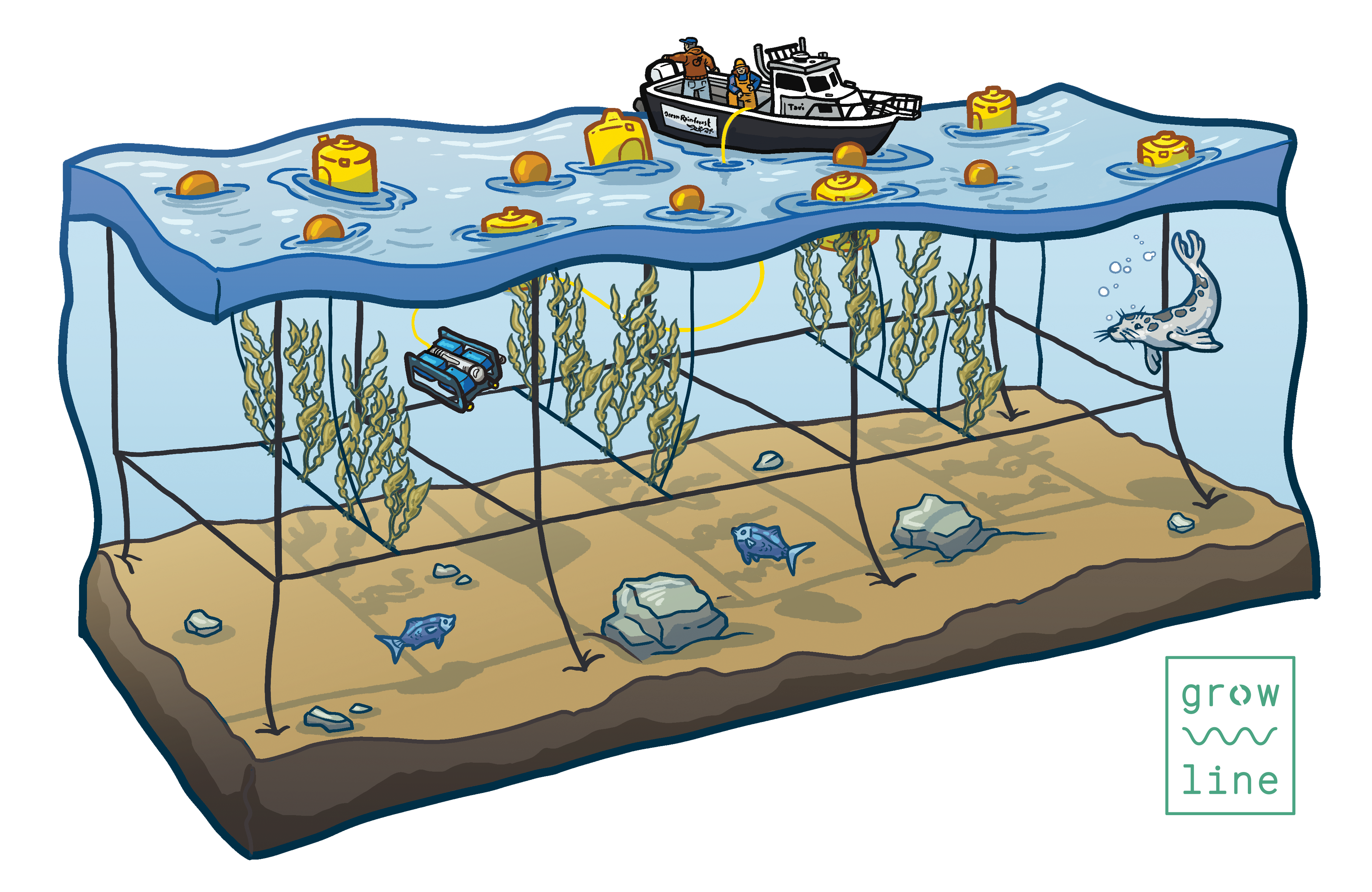
Regenerative Aquaculture Funding Opportunities
Check out our funding resources spreadsheet. This is a compilation of a wide range of funding opportunities related to aquaculture research, ocean ecosystems research, aquaculture work force development, and marine tech acquisition for aquaculture and ocean ecosystem-related endeavors. These opportunities include projects positioned in the United States and abroad.
